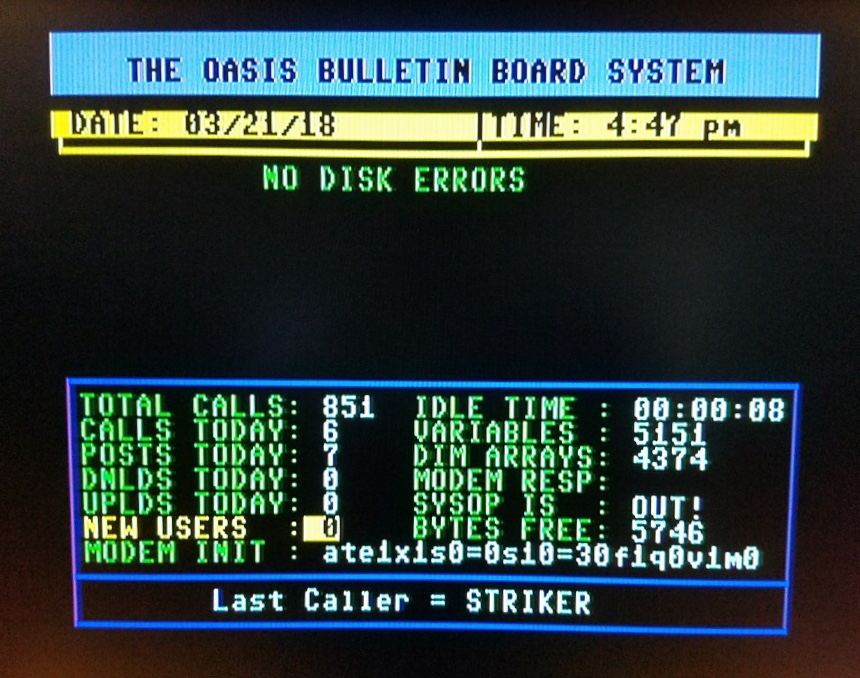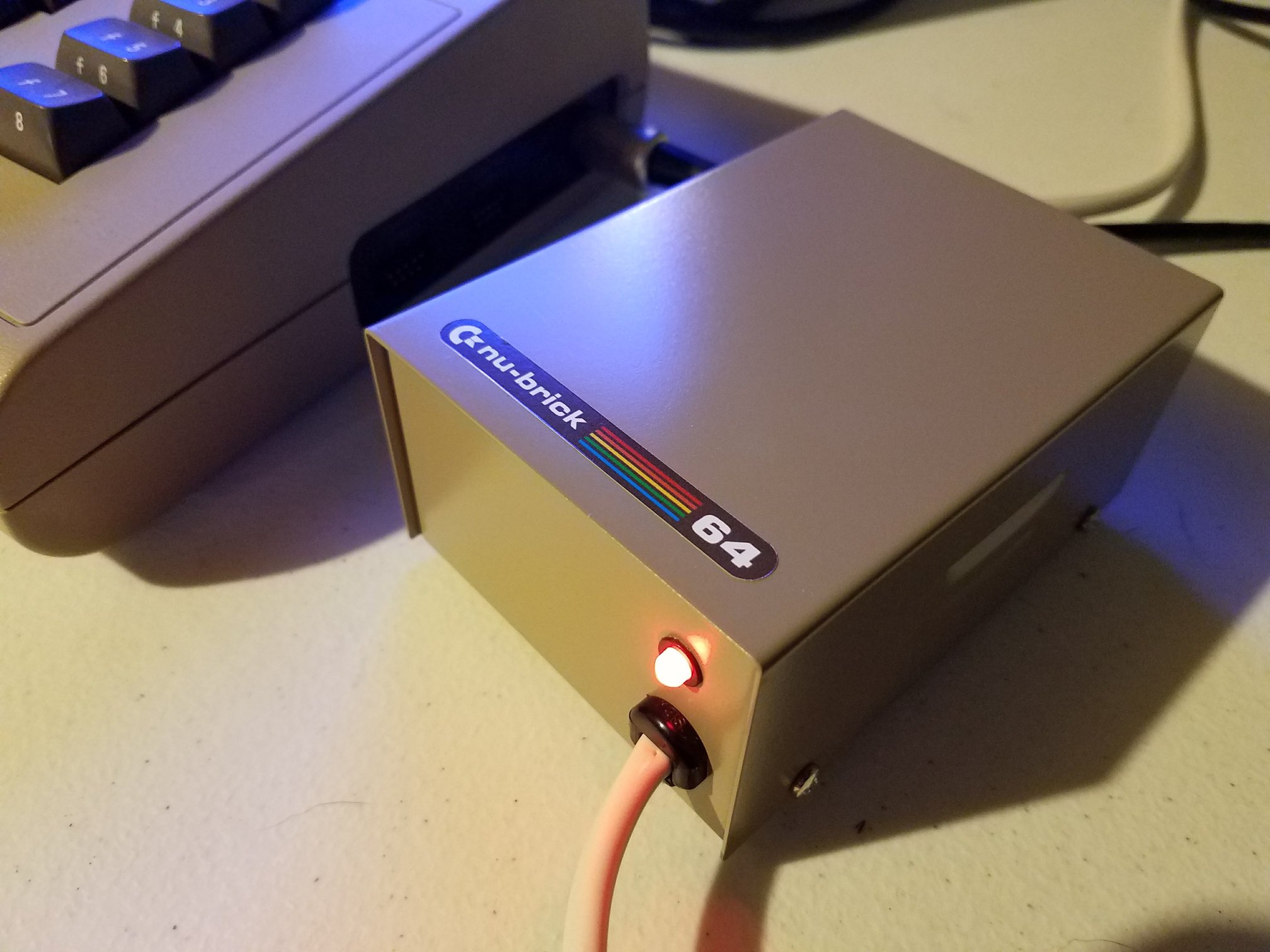Developer JohnB showcases the Foenix F256 Animation Tool, a prototype that lets creators build smooth, tile-based animations for the Foenix F256 computer line. Using efficient tile and palette compression, the tool translates image sequences into lightweight animation files that can be played directly on the F256 hardware.
The Foenix F256 Animation Tool begins with a directory of sequential images. From there, users can select which screen area to animate—anything from a small section like a character’s eye to a full 40×30 tile screen. Each animation frame is analyzed, compressed, and stored in tile sets, keeping the file size small while preserving motion detail.
Smart Tile Management
A key feature of the system is its ability to prioritize which tiles matter most. The tool’s “Analyze Importance” function scans each frame and identifies where movement occurs. Those active areas—such as eyes or mouths—receive more visual detail. This approach balances limited tile memory with perceptual quality, ensuring that animations look fluid and focused even on retro hardware.
Users can fine-tune this process further. The “Annotation” feature allows exclusion or emphasis on specific tiles, giving artists control over which screen regions are animated with more precision. Transparency handling also enables layering animations within existing graphics, opening up creative flexibility for hybrid static and animated scenes.
Efficient Data Handling
JohnB’s system supports up to 28 tile sets in memory, with eight used per frame. During export, the tool compiles a binary file optimized for playback on the Foenix F256. This file contains both tile data and mapping information, allowing the player on the hardware to reconstruct the animation at a defined frame rate.
A built-in verification process then simulates playback, letting users confirm that the animation works correctly before transferring it to the physical F256. The tool even includes a “Fast Medoids” option for quicker conversions during testing, skipping heavier calculations for faster iteration.
Bringing It to Hardware
Once processed, the animation runs directly on the Foenix F256. Though JohnB currently previews results using a simulated environment, his next step involves capturing real footage from the hardware itself. This demonstration will show the tool’s effectiveness in rendering smooth, resource-efficient motion on the F256’s retro graphics system.
The Foenix F256 Animation Tool represents a thoughtful leap forward for modern developers working with classic-style computing. It merges modern algorithmic techniques with the charm of tile-based design, turning static imagery into living, animated art on a 21st-century 8-bit platform.







